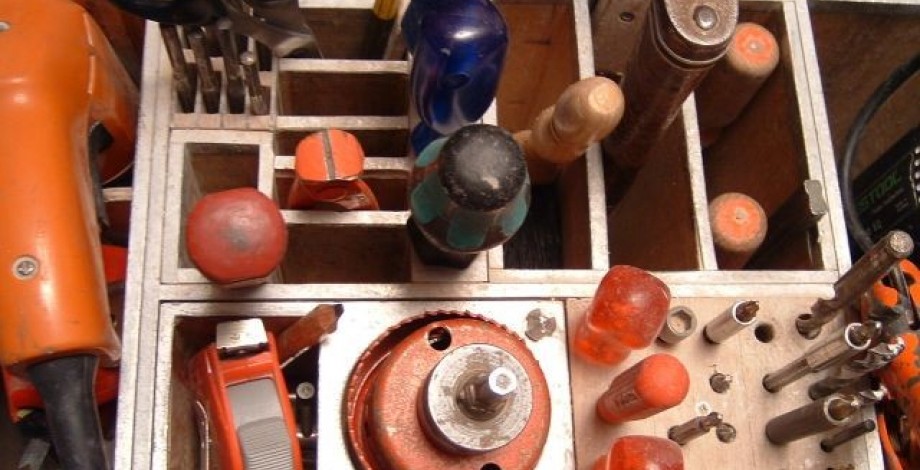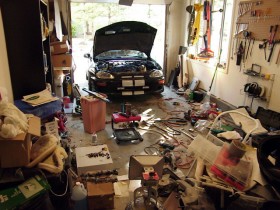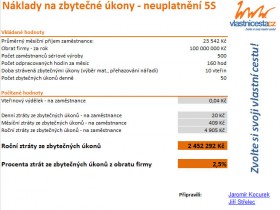5S method originates from Japan. Its benefit is a workspace’s simplification and readability. However it has primarily been focused on the workspace of production lines, it could be applicable wherever, even in the offices. Tidy workplace can influence the productivity of employee, eliminate potential of injury and help with proper thinkings.
5S method history
5S method like most useful methods has been formed as a part of Toyota Production System (TPS). TPS is composed as a compact system of methods improving a company position at the market. 5S method mainly focuses on production efficiency and products quality. It is not only a one-company-case, but a logical result of whole Japan’s effort to renovate economics after World War II. The method expanded into USA and Europe.
5S method principle
It is not such a long time ago when a man was a do-it-yourselfer in almost every household in the Czech Republic. Men had workbenches and these workbenches were arranged according to work being executed. Men tools were located according to men discretion and theirs needs, required material has been located handy. Let’s move from the do-it-yourselfer method to 5S method and let’s look for the same features.
5S method is named along with 5 Japanese words starting with S letter. It is based on the basic principle of **effort minimization** (e.g. tools movements, movements of worker) during the work operation at the workplace. A goal of 5S method is to decrease mistakes and loss incurred with:
- Used wrong tool
- Searching for the right material
- Redundant manipulation with material from hand to hand
- Collection of disordered records
Working time and work mistakes are minimized, so the process costs are minimized as well.
Application steps
Used Japanese words or their translation into English language as well describe implementation steps:
- Seiry (Sorting) – only needed items are left on the workplace. The working procedure according to which the work will be done is reviewed. Only items required for the work execution (e.g. Material, required tools, working instructions) are left on the workplace. Everything else is removed.
- Seiton (Set in order) – required tools arranged in line with the work steps flow. Each and every work step is specified, understood and required tool to each work step is assigned. Tools are placed in order of the work flow to be handy during the operation.
- Seiso (Shining or Cleans) – move used tools on the same place as it was. All material and tools has assigned location. When the tools and material was used it had to be moved back to the location immediately. The workplace is kept clean and in order. Even the waste has assigned the proper location.
- Seiketsu (Standardizing) – the same work performed in the same way. Company management shall assure that all persons included in the work process are trained on 3S mentioned above for their specific process step. Every employee shall to know 3S for his work process step by rote. Employee have to know what and how shall be used in the work process step.
- Shitsuke (Sustaining) – keep previous 4S alive. The fifth step is to assure keeping of the order on the work places. Inspections, management visits and more other techniques are used as a tool. Even if the process itself is changed, all previous steps shall be went through and updated immediately. A purpose is to have quickly prepared working place according to a new request on the process step or product
Example(s) of 5S method usage
The method is mainly used in the industry. Anyway it can be applicable anywhere, where the work place exists – at a designer table, at an accountant table or at a manager table. Principles of 5S method could be applicable for network organization, a project control or just for the icons arrangement on the computer’s monitor. How many times we click and look for our files in our computer.

The Real | Interim Manager for Your Changes

Manager work model
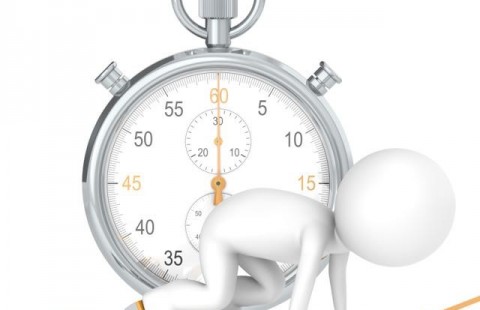
Time management - making use of time effectively
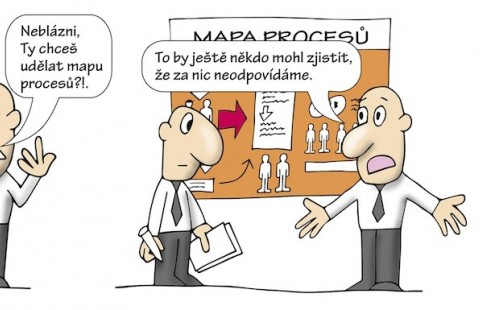
Jak správně tvořit mapu procesů

Modelling and setting the processes and procedures - ISO 9001

Training - preparation of the SWOT analysis and strategy
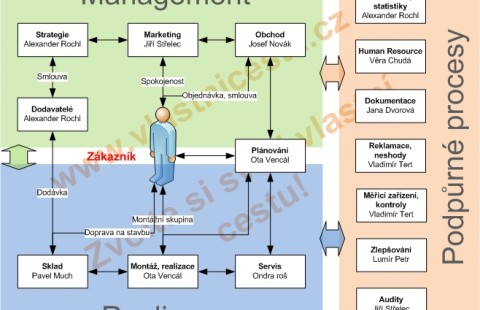
Company Management System of Quality Step by Step - ISO 9001
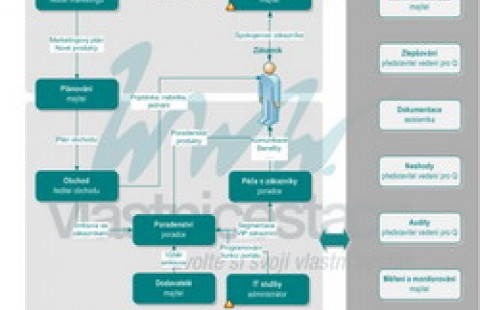
Process map acc ISO 9001 - business offer

IT staff communication
Let’s try to calculate a bit for a while. If an employee has 10seconds delay during the work tact in the production operation repeated 50 times a day then the loss is 409 CZK per a month. It doesn’t seem as a big number. As soon as we recalculate it for a year and e.g. 500 employees in the production, the resulted number is unbelievable **2,452.292 CZK.** It is a big difference to have or have not such an amount of money, just for the keeping of the order. Japanese are serious in the quality matters and they know whose money they spent.
Applicability
The 5S method is applicable in every discipline. Very interesting should be a focus on the Czech construction sites and to find out how the construction companies have set up the transportation lines, material locations, etc.

